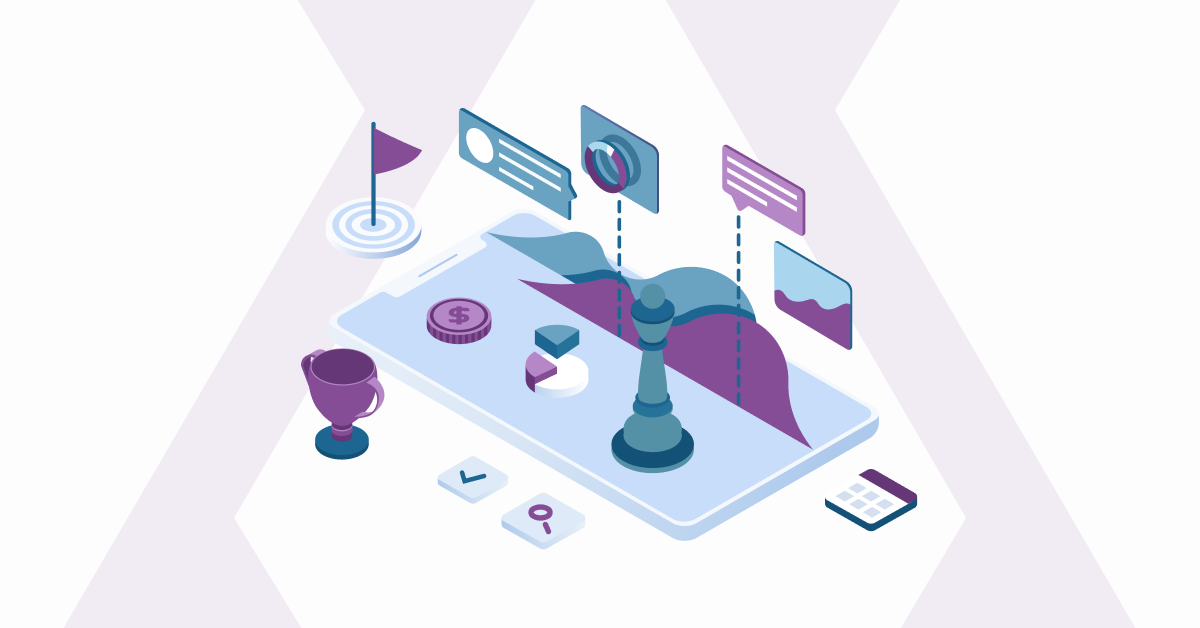As a benefits provider, you already know that your employer clients need a simpler, digitized benefits insurance experience that’s efficient and meets employee expectations. That’s nothing new. We’ve been spilling digital ink on this at EIS for a while now.
It’s also not new that manual processes slow down important activities such as enrollment and claims, hindering customer experiences. But the Great Resignation, with employees seeking greener (more flexible) job pastures in the wake of the pandemic, has made the need to improve customer experiences and broaden benefits packages more urgent. Your employer clients need to keep their employees happy with more relevant benefits that are more in line with their current stages of life, without the heavy lifting that comes from manual process and the right technical tools.
So while we’ve been telling you that insurance carriers need to digitize and transform their systems for a while, there’s no better time than now to actually do it.
A better software solution can help employers adapt to today’s market realities by enabling insurance providers to:
1. Provide self-service portals for speed and efficiency: Employers have much more to manage now when it comes to these growing benefits packages, which takes more time on their part. They need the digital tools to support a greater number of products being offered. Employees need to be able to self-serve as well, in order to keep the workload for the employer down and to feel like they can take ownership of their benefits and claims. Having modern, digital technology supports the need to reduce the management of enrollment and ongoing support.
2. Change plan designs quickly and easily: Employers need to be able to know which products are and aren’t working for their employees so they can adjust them. Employers are looking for different providers that aren’t just offering the basic coverage. Employees can be more in charge of their care now, and they’re looking for not just a bigger variety of benefits, but also different types of benefits, going beyond health and wealth and retirement benefits and into college debt repayment plans and auto, travel and pet insurance. This is a game changer. Insurance carriers need to be able to support that, either on their own or through partnerships.
3. Launch products faster: The right software solution enables the carrier to develop products faster to support the employer’s need to be proactive in this competitive environment. This is about the carrier providing support quickly in a changing world. This also supports the desire to have as few carriers as possible due to the complexity for benefits admins to manage multiple providers. If a carrier offers many different types of products, then it’s better for the employer and easier for them to manage.
4. Create the right customer ecosystem: Employers and employees have different customer needs, many of which we have mentioned here and in past blogs. Having the right ecosystem, where carriers can provide different products and services they don’t have in house, is key. Having modern, core technology that is cloud-native and API-based will allow carriers to develop flexible ecosystems to support the needs of all their customers, brokers included.
Benefits insurers have the perfect opportunity right now to make all of this happen, to help their employer clients keep up with shifting employee demands and make them happy, without incurring too much extra work for themselves. For all insurance carriers, it’s about being a partner in this changing world and building the right relationship with their clients and ecosystem partners. Helping to close the insurance coverage gap gives them the chance to be that partner. What carrier wouldn’t want to make it easier for people to get coverage and protect themselves in a group environment? What insurance carrier wouldn’t want to play an active role in creating a financially secure nation? With the right technology solution, it’s all possible.
Want to learn more? Book a call with us.




